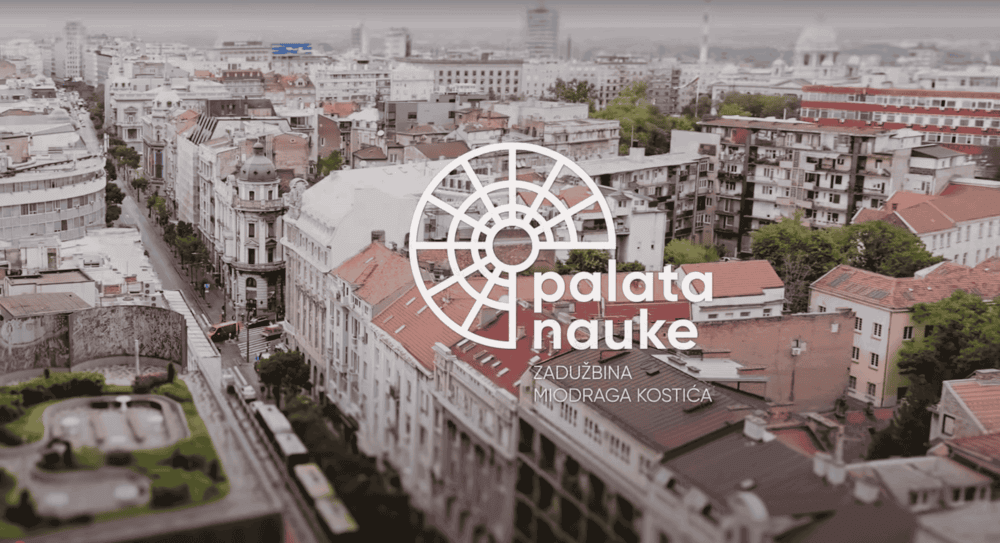Who we are
Historical heritage






How to modernise and still preserve a hundred-year-old gem?
The Palace of Science building has undergone intensive renovation of the facade and reconstruction of the interior to become a home for contemporary science and technology, and to be able to offer visitors a unique experience, in the completely revived environment of this pearl of Belgrade architecture. The cultural, historical and artistic value of the more than a century-old building was preserved in cooperation with the Institute for the Protection of Cultural Monuments of the City of Belgrade, whose expert team supervised the restoration and conservation works.
About the architecture of the building
The opulent facade of this gem of our urban architecture has been attracting attention for decades with numerous motifs from ancient Greek culture and architecture: Ionian columns and sculpture of deities, mermaids, water horses and fish, as well as the building crown in the form of monumental figures of four pairs of supreme sea gods. The warm, yellow-brown tone of the facades originates from a high-quality natural material, a stone called Kruševac sandstone.
The influence of classical elements is also visible in the massive dome, the inspiration for the Palace of Science’s visual identity. This magnificent stained glass dome towers over the building’s impressive central hall and includes rings representing Apollo, while the hall itself houses a sculpture of Aphrodite, a work of Petar Palavičini, which became an interactive part of our exhibition.
Gratitude
We extend our special gratitude to the Institute for the Protection of Cultural Monuments of the City of Belgrade, which provided us with photographs from its archive, as well as to the author of the photographs used on this page, Uglješa Dapčević.














